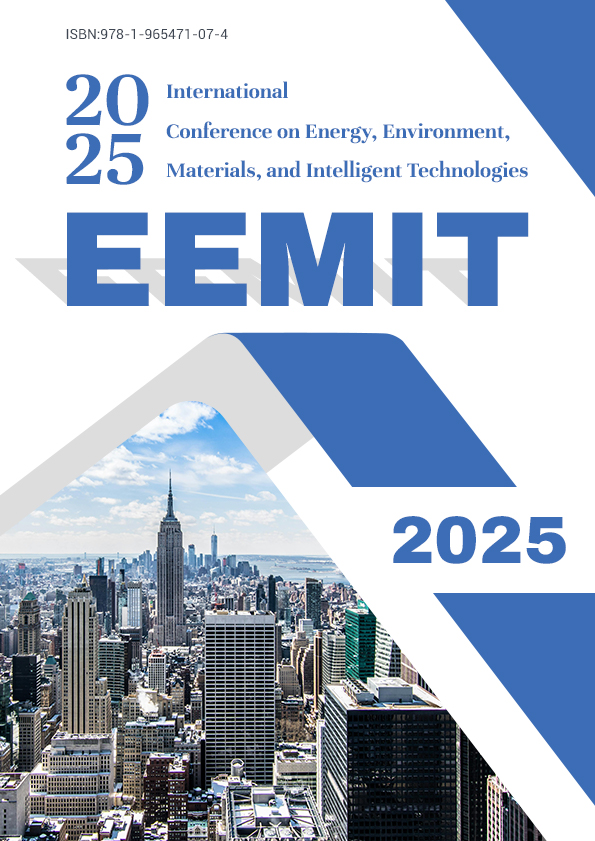Analysis of the Deformation Mechanism of the Top Slope at the Inlet of the Lijiaxia Hydropower Station Diversion Tunnel

Authors:
Hui Cheng, Xiaoyu Zhang, Chang Liu, Hong Li, Qiwen Guan
Keywords:
Deformation mechanisms; Evolutionary processes; Numerical modelling; Slope stability; Landslide surges
Doi:
10.70114/acmsr.2025.4.1.P127
Abstract
After long-term operation of Lijiaxia Hydropower Station in Qinghai Province after reservoir storage, the surface part of the slope body at the top of the inlet of the diversion tunnel shows signs of deformation and tension cracking, which is a serious threat to the operation safety of the hydropower station. In order to study the deformation mechanism of the slope and its evolution process, analyse the causes of slope deformation and assess the safety and stability of the slope, this paper adopts comprehensive investigation means such as drilling, testing and inspection, and carries out a detailed investigation and research on the geological and environmental characteristics of the slope such as topography, stratigraphy and lithology, geological structure, signs of deformation, geostress and hydrogeological conditions. Combined with the monitoring data of 9 monitoring points to carry out three-dimensional modeling, numerical simulation evolution analysis, and the use of limit equilibrium theory, strength reduction theory method to analyze and calculate the stability of the slope, and at the same time calculated and predicted the height of the landslide surge, the results show that: the overall deformation of the slope deformer is in a critical state, the main deformation form of shallow surface collapse slip and the overall creep-slip deformation, the natural state occurs in the overall sliding The possibility of the whole slide in the natural state is small, and the possible landslide surge hazards can be controlled. After nearly 6 years of operation test, the deformation body of the slope basically maintains the status quo, which confirms the reliability of the previous deformation evolution cause analysis and assessment conclusions. The related ideas and methods can provide reference for the analysis and evaluation of similar reservoir slope deformations


